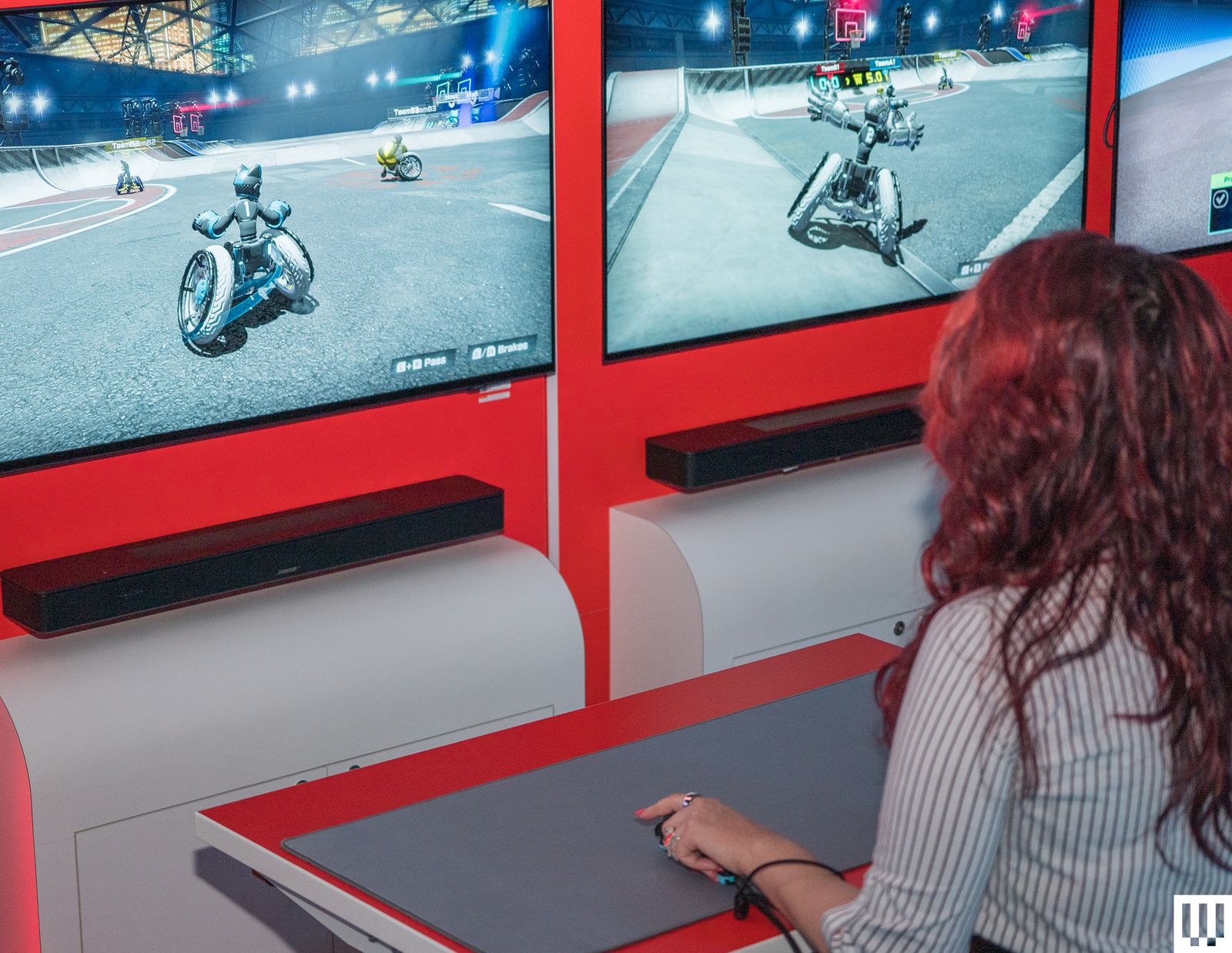The advent of mouse controls on the Nintendo Switch 2 has been a veritable saga. Despite being long rumored, the feature didn’t get so much as a mention when Nintendo officially announced the new console in January 2025, only being confirmed in April’s full reveal.
With a sensor built into both the left and right Joy-Con 2 controllers, either can be rotated 90 degrees on its Y axis to use as a mouse, while retaining gyroscopic, motion-sensing, and haptic capabilities. It’s a smart addition on Nintendo’s part, opening up the new hardware for more diverse gaming experiences than consoles typically offer. There’s only one problem: They hurt.
Attending the Nintendo Switch 2 Experience in London, I was excited to get my hands on the new console in all its forms, and I was left impressed. In handheld mode, the bigger 7.9-inch screen looks gorgeous thanks to its higher 1080p resolution and use of HDR, almost good enough to forgive the shift back to LCD from OLED.
Photograph: Julian Chokkattu
Played in docked mode, output to 4K TVs, Mario Kart World dazzled, showcasing a richly detailed cartoon world with astonishing verticality—race off the edge of the track in its open world, fall what feels like miles, and there’s simply more world to continue karting around.
I was most interested in those new mouse controls, though, so I zeroed in on any games where WIRED could try them out. What I found was a host of titles that positively sparkled with Nintendo’s trademark charm. In particular, futuristic wheelchair basketball outing Drag X Drive feels like the new-gen console’s answer to ARMS, being a game designed around showing off the underlying tech.
Noticeable Aching, Uncomfortable Twinges
It does a pretty solid job on that front, using both Joy-Con 2s in mouse mode to play. Push one Joy-Con 2 forward and you’ll rotate that side’s wheel in-game to turn; thrust both forward and you’ll race forward. Grab the ball and raise a Joy-Con into the air, and you physically throw the ball to attempt to score. It’s intuitive, and the speedy 3-on-3 match format makes this a fun multiplayer outing that’s sure to find a niche, but wildly sliding two makeshift mice around a desk also left both my forearms noticeably aching.
Metroid Prime 4: Beyond wasn’t as intense, but controls took a little getting used to. The long-awaited sequel to the Wii trilogy uses console-style thumbstick movement controls on the left-hand Joy-Con 2, while the right-hand one can be used more like a PC mouse to govern aiming, firing, and protagonist Samus’ Morph Ball transformations. It’s a halfway house between joypad and mouse-and-keyboard controls that felt odd, but it gelled pretty quickly, and I took down the demo’s boss first time. Again, though, I felt uncomfortable twinges afterward, especially in my right arm.
Services Marketplace – Listings, Bookings & Reviews

